Ice caves represent nature’s most stunning architectural achievements, carved by water and time into crystalline chambers that shimmer with otherworldly beauty. These frozen underground galleries offer adventurers the chance to step inside a winter wonderland that exists year-round, complete with glittering walls and ceiling formations that rival any cathedral.
From glacier-carved tunnels in Alaska to volcanic ice chambers in Washington, these natural refrigerators maintain their frozen splendor even during summer months. Here is a list of 17 ice caves where visitors can safely explore these remarkable underground ice palaces.
Big Four Ice Caves
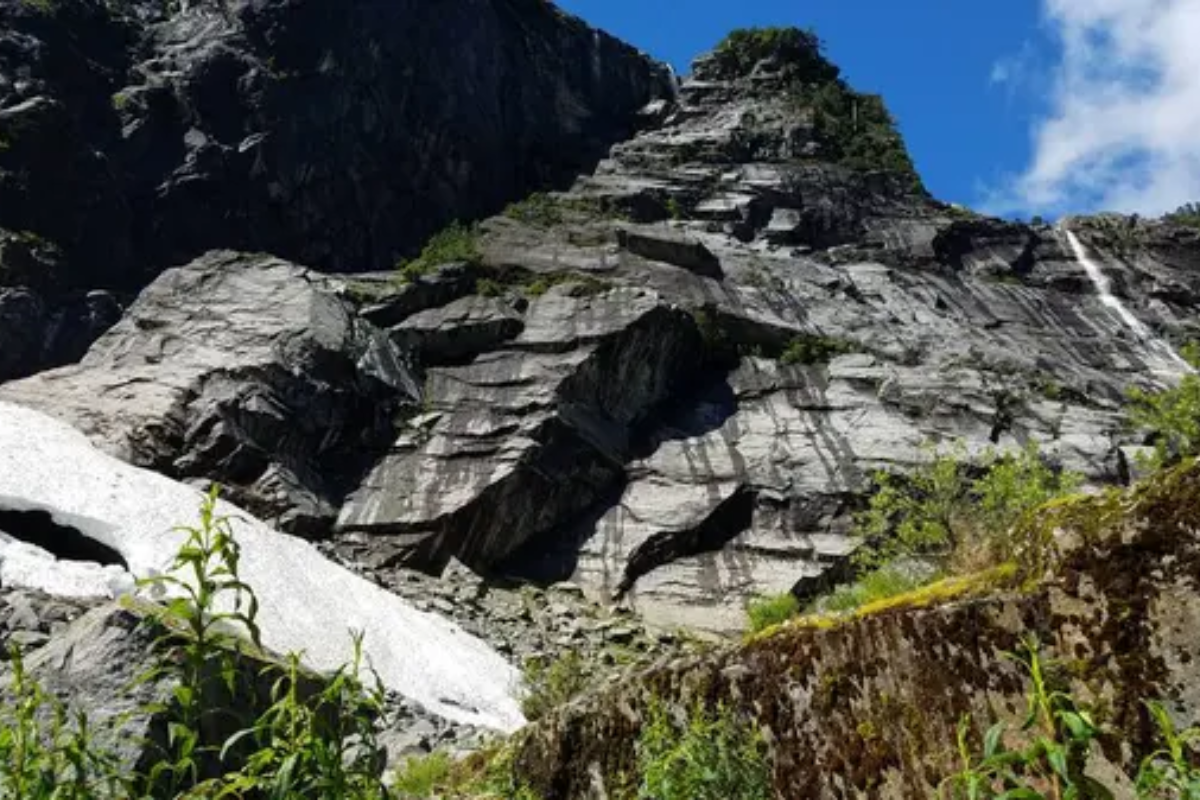
Located in Washington’s Cascade Mountains, these caves form beneath year-round snowfields on Big Four Mountain’s north face. The melting and refreezing process creates tunnels that visitors can walk through, though the formations change constantly throughout the season.
Rangers monitor conditions regularly, and the caves typically offer the safest access during late summer when snow bridges have stabilized. The 2.2-mile hike through old-growth forest leads to these remarkable formations where hikers can peer into blue-tinted chambers carved entirely from compressed snow and ice.
Eisriesenwelt Ice Cave
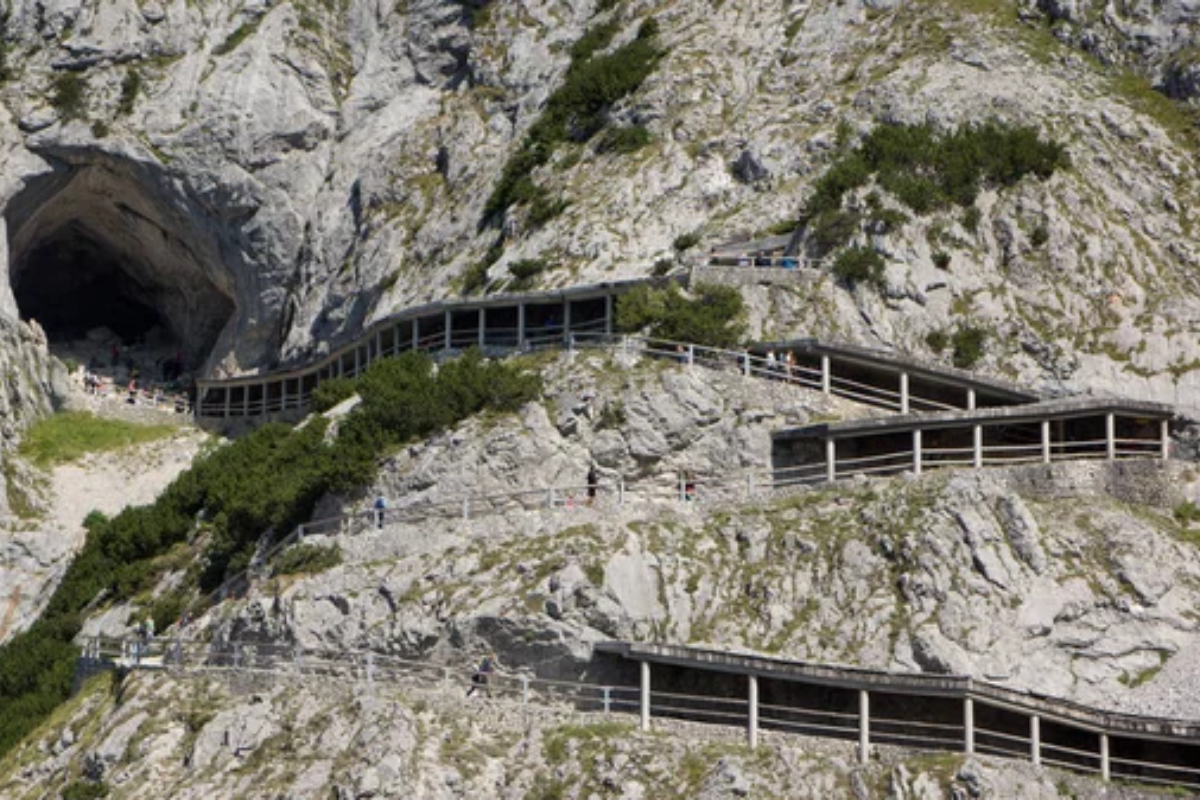
Austria’s ‘World of Ice Giants’ stretches over 26 miles through the Tennengebirge mountains, making it the largest accessible ice cave system on Earth. Only the first mile remains open to tourists, but that section contains enough frozen waterfalls and ice formations to fill several hours of exploration.
The cave maintains temperatures well below freezing year-round, requiring visitors to wear warm clothing even during summer visits. Guided tours with carbide lamps illuminate the crystalline walls while expert guides explain how limestone geology and alpine climate create these permanent ice sculptures.
Like Travel Pug’s content? Follow us on MSN.
Ice Castles

Multiple locations across the United States host these man-made ice caves that recreate natural formations using thousands of icicles grown from sprinkler systems. Sites in Utah, Colorado, New Hampshire, and other cold-climate states build elaborate frozen mazes complete with tunnels, slides, and chambers that visitors can explore safely.
The structures reach heights of 25 feet or more, with LED lighting systems that illuminate the ice in brilliant colors during evening hours. These temporary installations operate only during peak winter months when temperatures remain consistently below freezing.
Apostle Islands Ice Caves
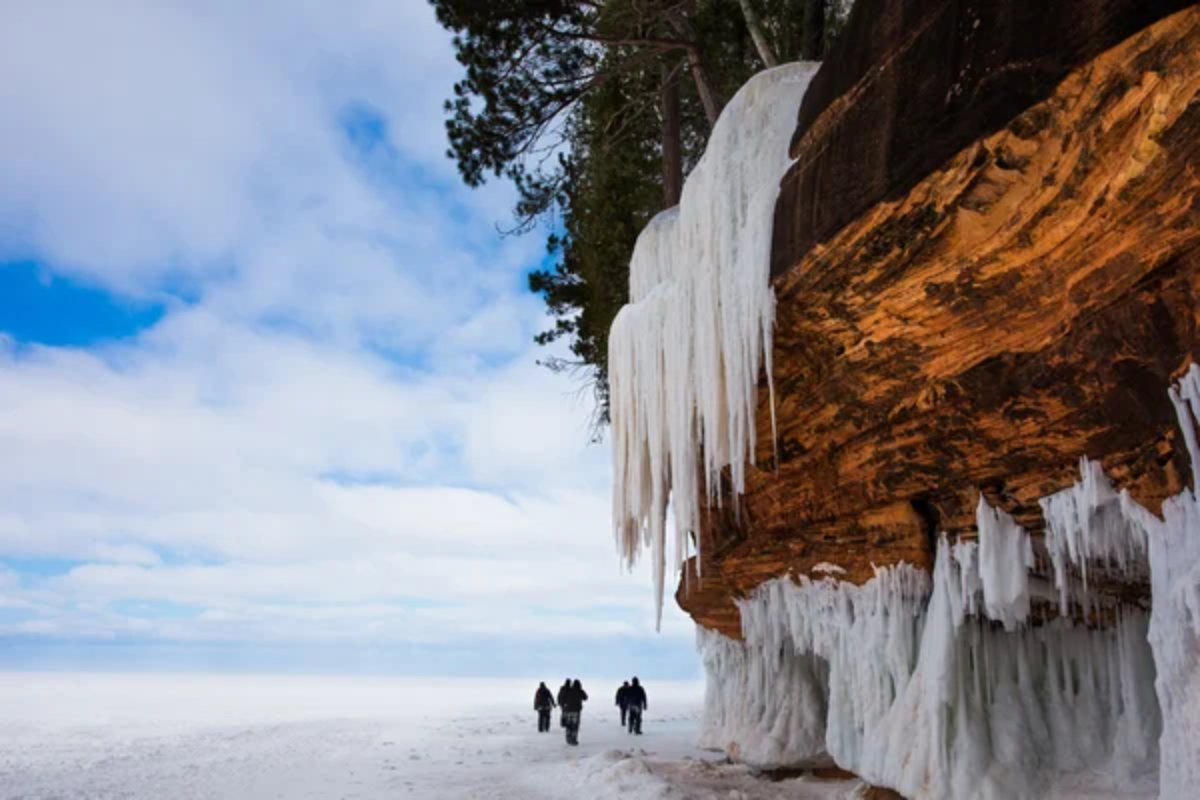
Wisconsin’s Lake Superior shoreline transforms into an accessible ice cave wonderland when winter temperatures drop low enough to freeze the lake’s surface. Visitors can walk directly from the mainland across the frozen lake to reach cave openings that remain liquid-free only during the coldest months.
The sandstone cliffs create natural overhangs that fill with dramatic icicle formations, forming temporary chambers and tunnels. Park rangers provide updates on ice conditions, and access typically requires a 1-mile walk across the frozen lake surface when conditions permit.
Mendenhall Ice Caves
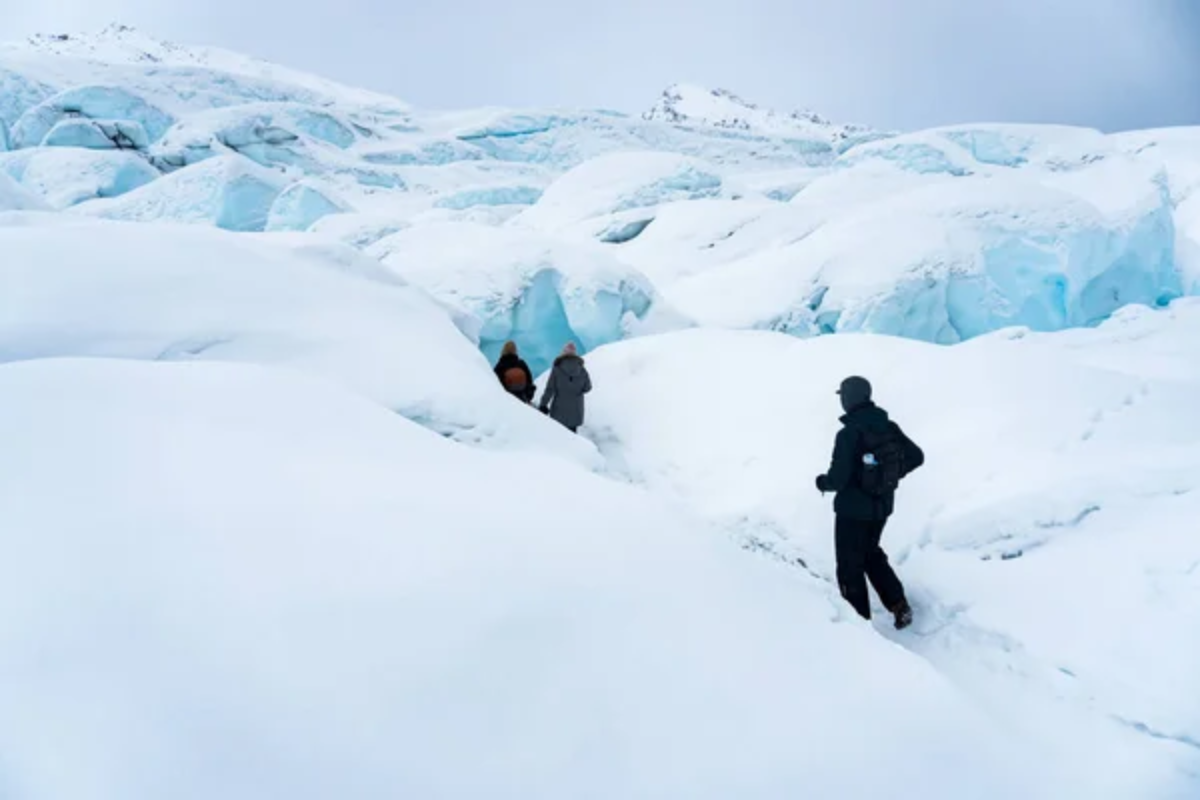
Alaska’s Mendenhall Glacier creates constantly changing ice caves within its 13-mile-long frozen mass near Juneau. These chambers form as meltwater carves tunnels through the glacier’s interior, creating blue-tinted caverns with smooth, sculpted walls.
Access requires either a challenging hike across rocky terrain or a helicopter tour, though guided expeditions provide the safest route into these ephemeral formations. The caves’ locations shift annually as the glacier moves and melt, making each visit a unique experience through rooms that may not exist the following season.
Like Travel Pug’s content? Follow us on MSN.
Crystal Cave
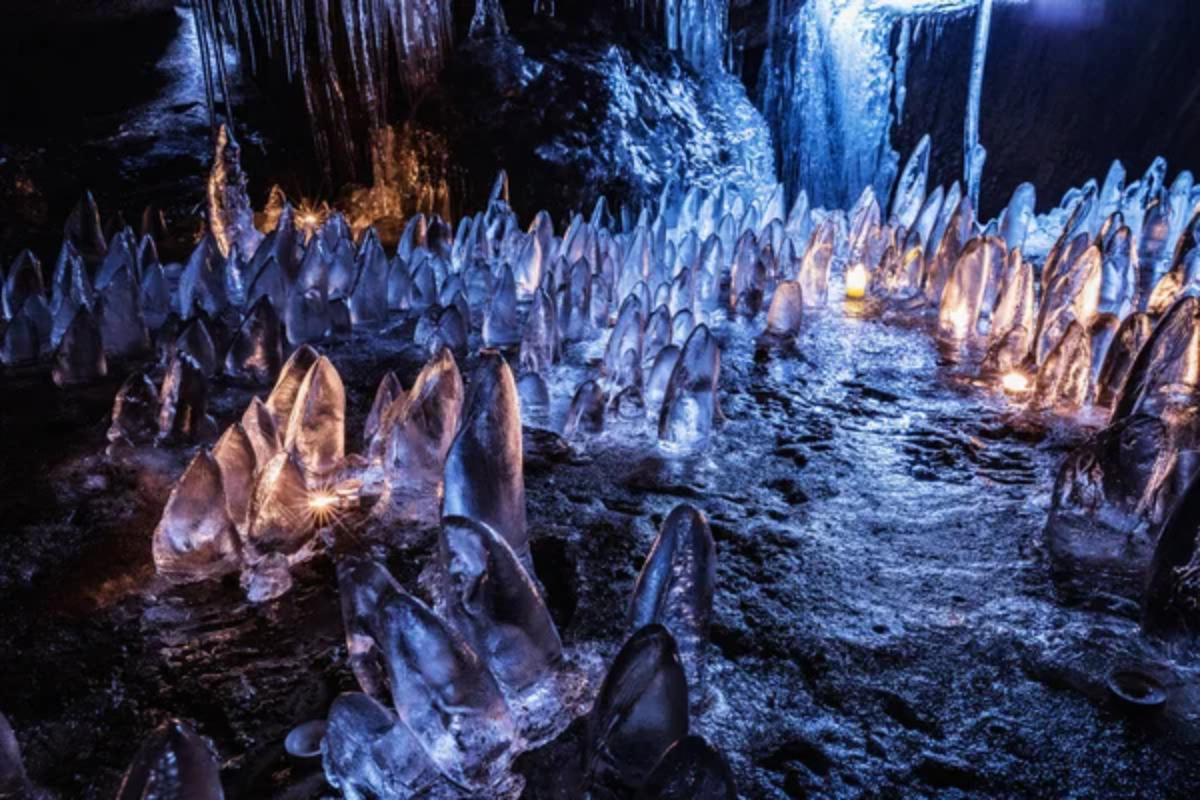
Oregon’s Lava River Cave system includes sections where winter temperatures create temporary ice formations within the volcanic tube. The cave maintains cool temperatures year-round, and during winter months, seeping groundwater freezes into delicate crystal formations along the walls and ceiling.
Visitors can explore these ice decorations safely using the established trail system that runs through the mile-long cave. The contrast between black volcanic rock and white ice crystals creates striking visual effects that photographers particularly appreciate.
Dobšinská Ice Cave
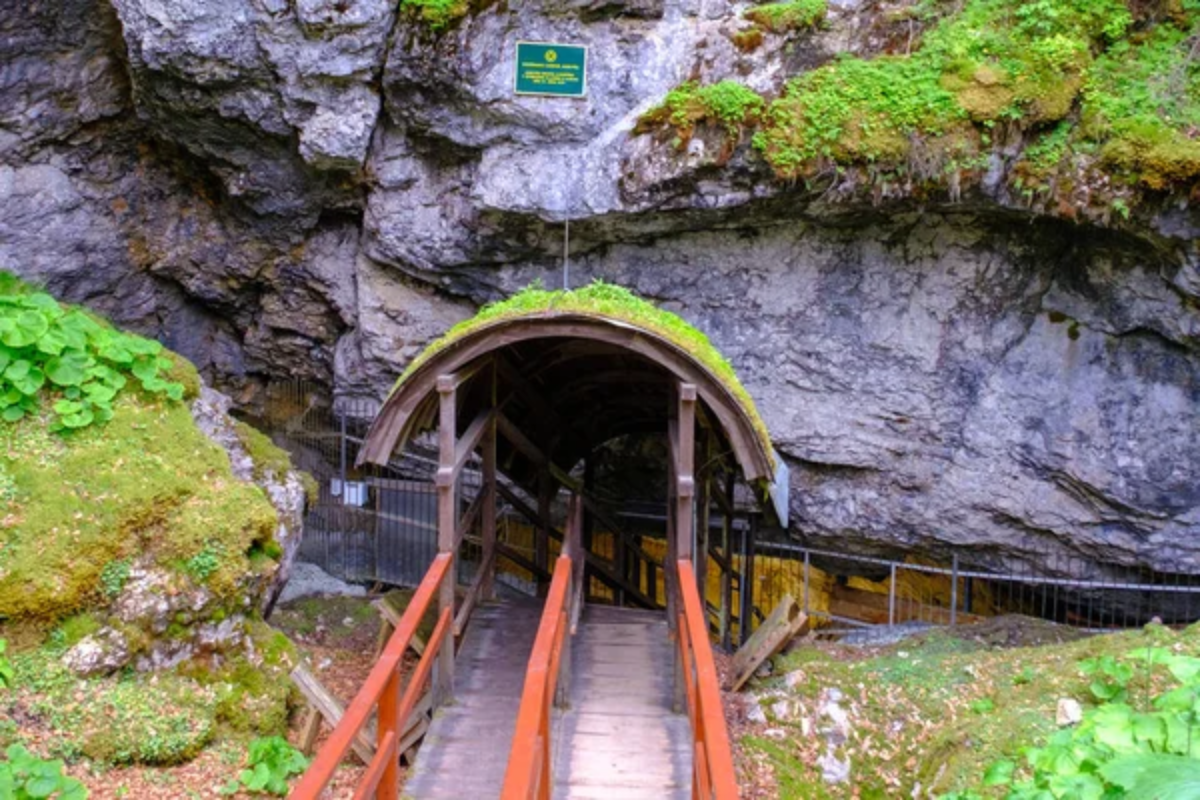
Slovakia’s UNESCO World Heritage ice cave maintains permanent ice formations year-round thanks to a unique air circulation system that keeps interior temperatures below freezing. The cave contains massive ice formations, including frozen waterfalls, stalagmites, and floor coverings that have persisted for centuries.
Guided tours follow established walkways with handrails, making exploration safe for visitors of various fitness levels. The cave’s location 3,100 feet above sea level contributes to its ability to maintain ice formations even when outside temperatures climb above freezing.
Sandy Glacier Caves
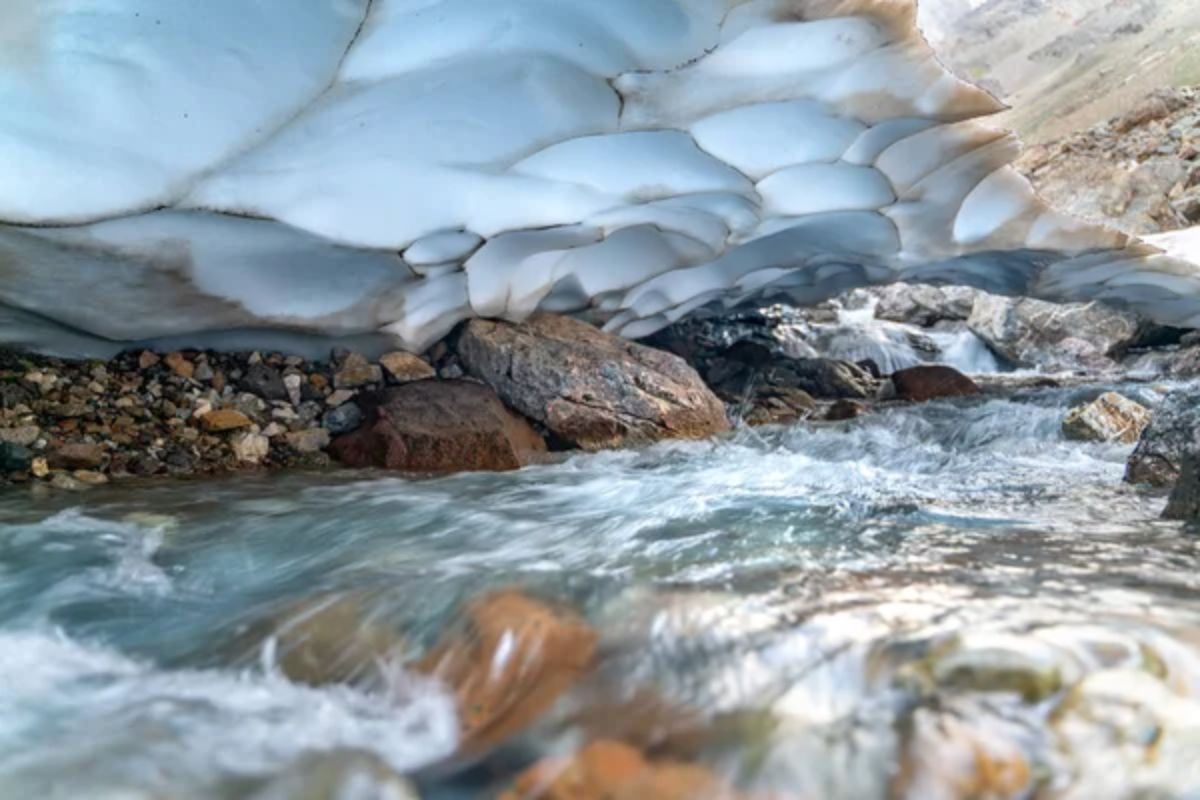
Oregon’s Mount Hood features ice caves carved into the Sandy Glacier by volcanic heat from below and meltwater from above. These chambers change constantly as the glacier shifts, but established routes allow experienced hikers to explore safely with proper equipment and guides.
The caves showcase brilliant blue ice formations where compressed glacier ice creates walls several feet thick. Access requires technical mountaineering skills and appropriate gear, making guided tours the safest option for most visitors.
Like Travel Pug’s content? Follow us on MSN.
Scărișoara Ice Cave
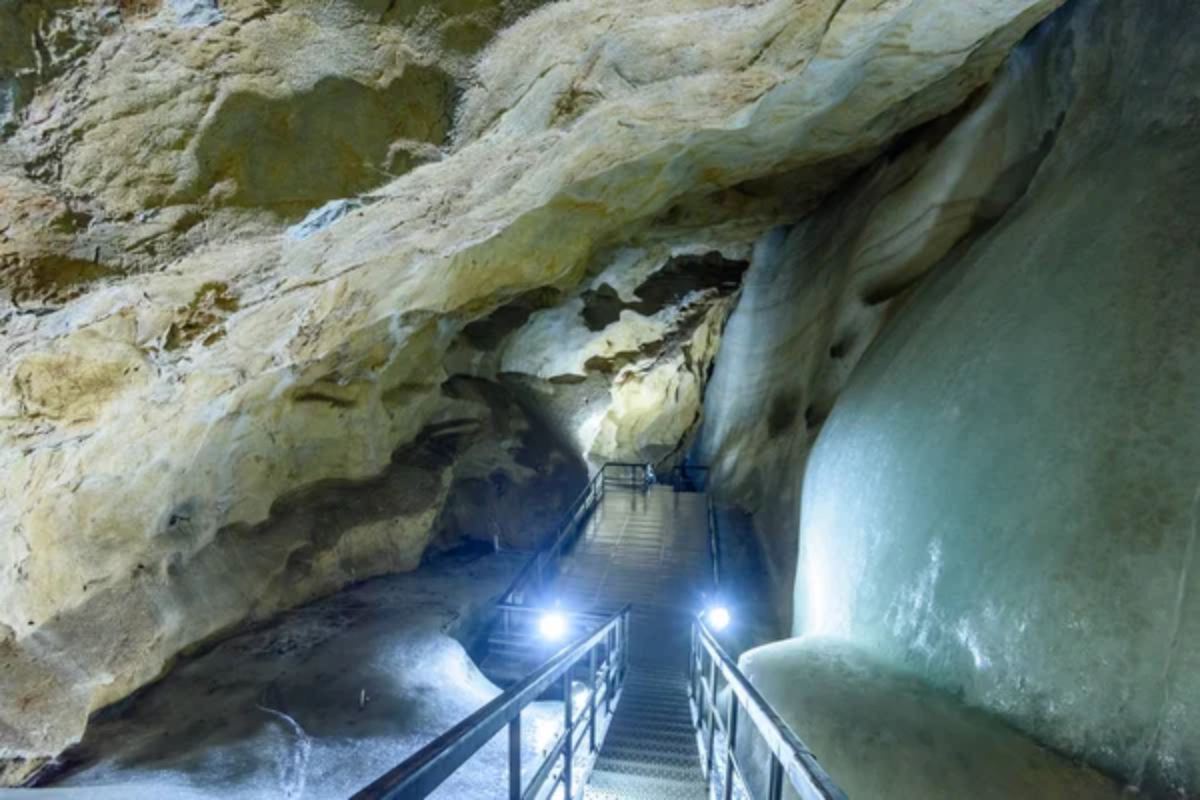
Romania’s Apuseni Mountains contain this remarkable cave where ice formations have persisted for over 3,500 years, making it one of Europe’s oldest underground glaciers. The cave maintains sub-zero temperatures throughout the year, preserving massive ice blocks and stalactites that create cathedral-like chambers.
Visitors descend 190 feet below ground to reach the ice formations via a secure stairway system installed for tourist access. The cave’s stable environment and established infrastructure make it one of the safest ice cave experiences available to the public.
Kungur Ice Cave

Russia’s Ural Mountains house this limestone cave system, where 58 chambers contain permanent ice formations and underground lakes. The cave extends over 3 miles underground, though tourist routes cover about a mile of the safest sections with proper lighting and walkways. Winter temperatures outside help maintain the cave’s frozen formations, while summer visits offer relief from heat in the consistently cool underground environment.
The cave’s long history of tourist access—dating back over 100 years—has resulted in well-developed safety infrastructure.
Werfen Ice Caves
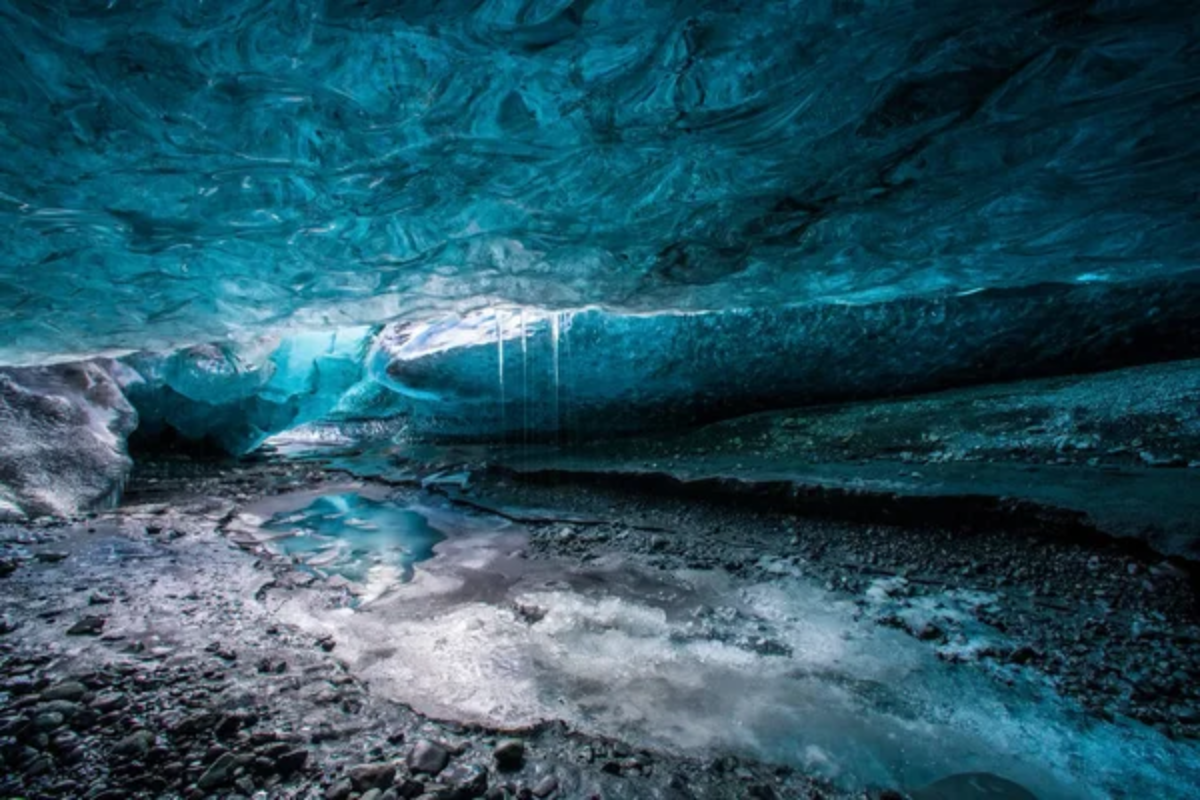
Austria’s Salzburg region features limestone caves where ice formations persist year-round in the higher elevations of the cave system. Visitors can explore over a mile of ice-decorated chambers and passages using established tourist routes with proper lighting and safety features.
The caves sit at 5,400 feet elevation, contributing to the cold temperatures necessary to maintain permanent ice formations. Cable car access eliminates much of the challenging mountain hiking typically required to reach high-altitude ice caves.
Like Travel Pug’s content? Follow us on MSN.
Lofthellir Cave
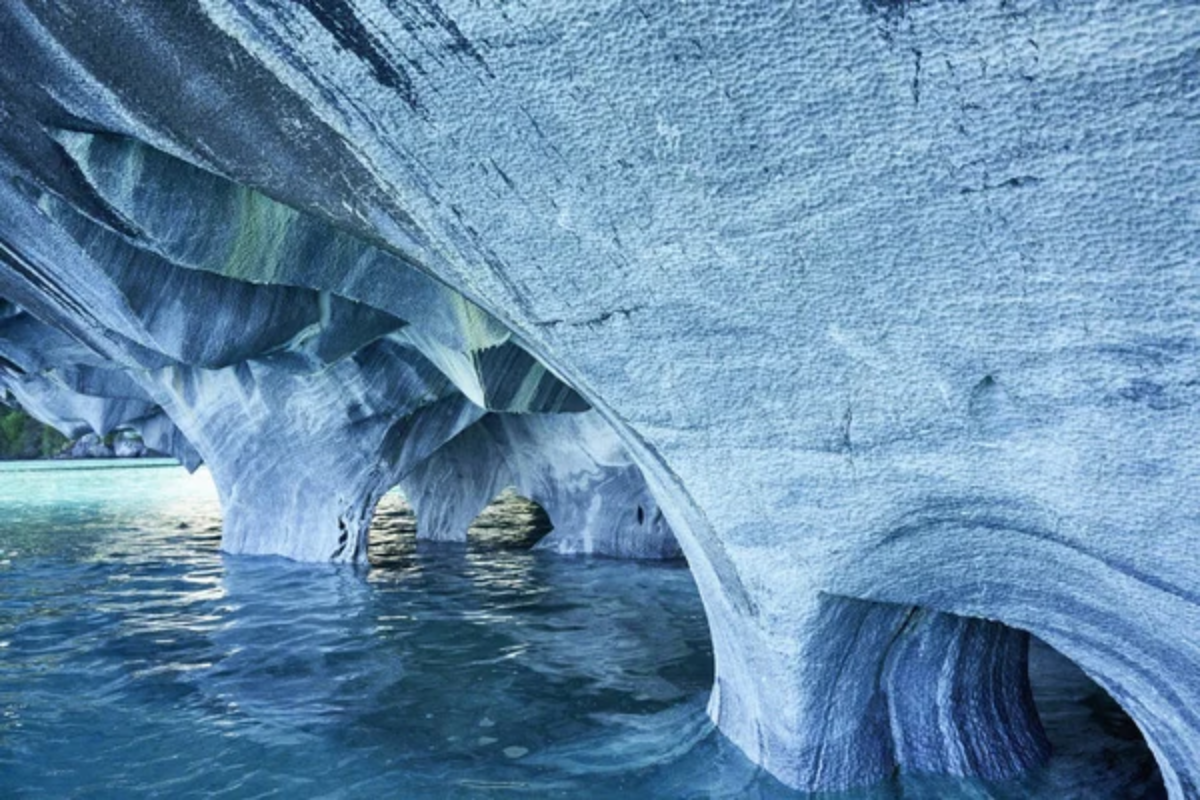
This lava tube cave, located in the Lake Mývatn region of Iceland, is home to an otherworldly fairyland of frozen places and crystal formations created by glacial activity. Ice cold in winter and retain frozen temperatures all year round, these caves are influenced by an amazing air circulation pattern that leads to dominant cold conditions in the cave and, similarly, warm and mild at the surface.
Tour guides ensure the safety of those entering chambers abundant with ice columns, frozen waterfalls, and crystal formations bred by seeping groundwater. The cave is unique in its volcanic origin and Arctic-like climate, which together engender ice formations not found in classical limestone caves.
Banff Ice Walks
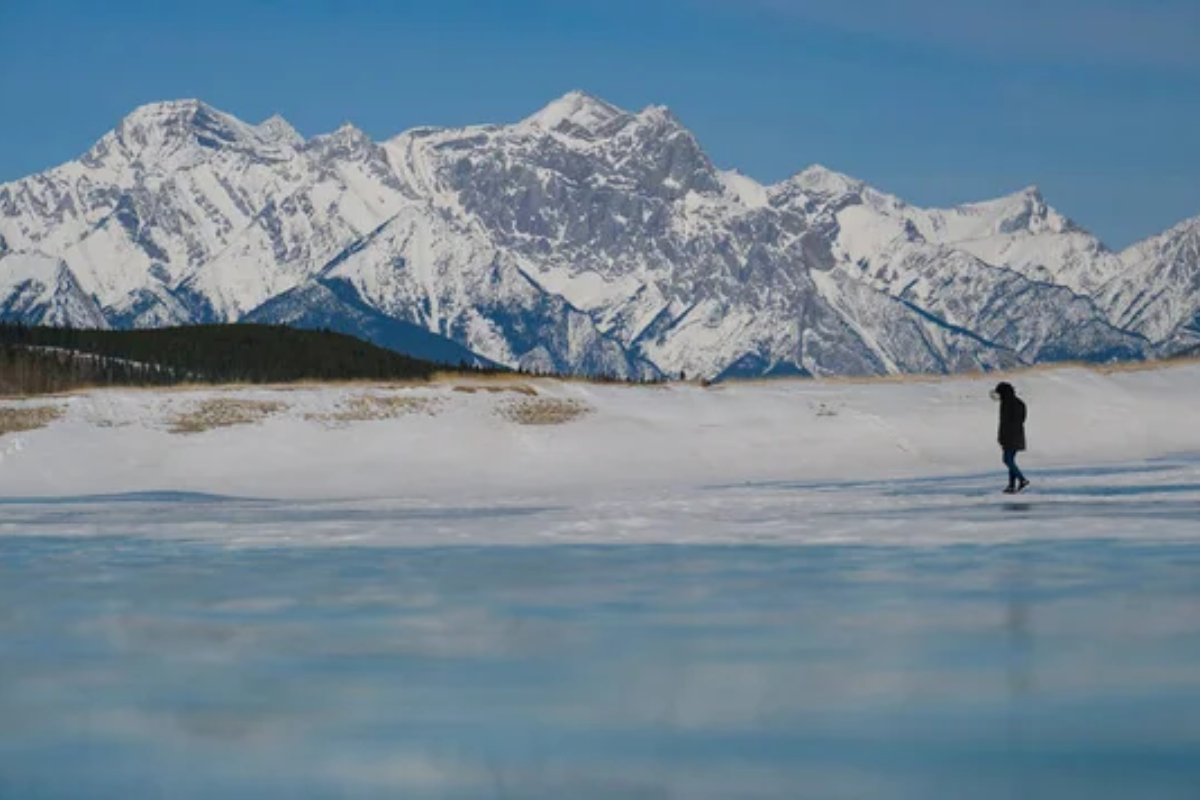
Canada’s Banff National Park offers guided ice-walking tours through Maligne Canyon, where frozen waterfalls and ice-covered canyon walls create temporary cave-like environments. These formations exist only during peak winter months when temperatures remain consistently below freezing for extended periods.
Professional guides provide safety equipment and route expertise, allowing visitors to explore ice chambers and passages that would be dangerous to attempt without proper knowledge. The canyon’s limestone walls and multiple water sources create diverse ice formations that change throughout winter.
Vatnajökull Ice Caves
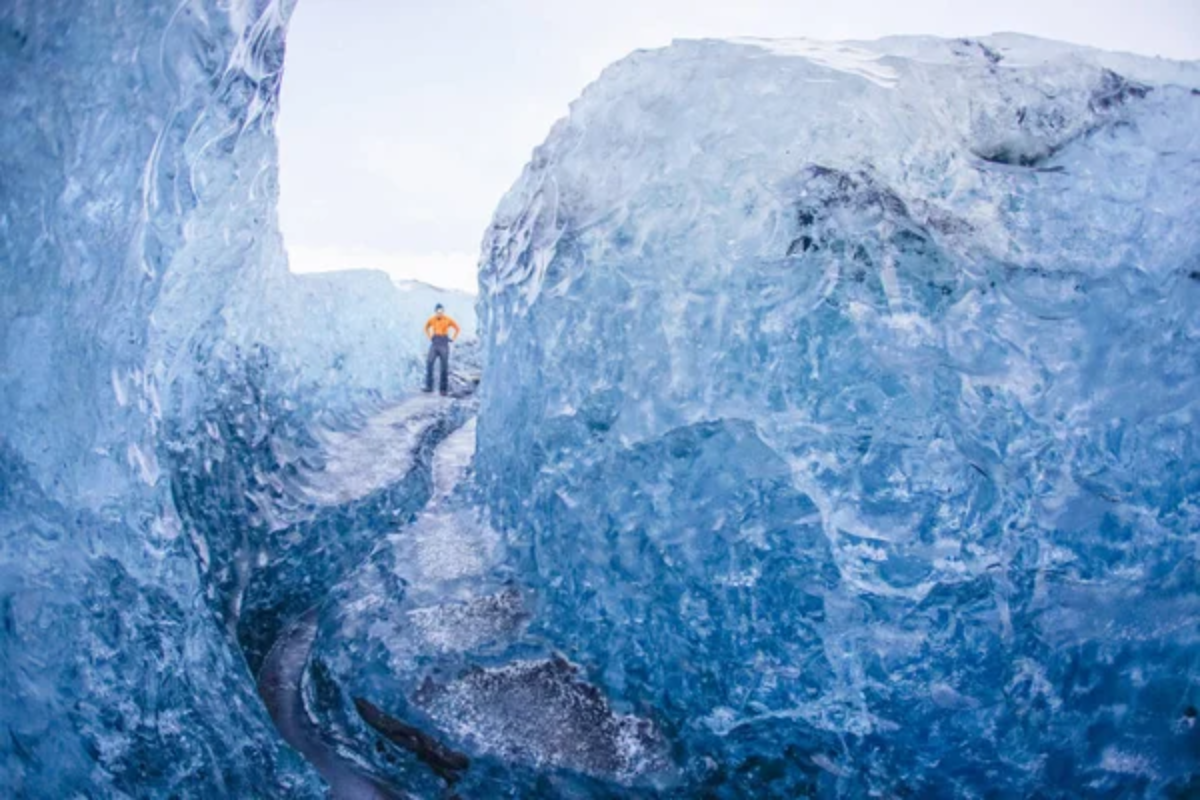
Iceland’s Vatnajökull glacier system includes accessible ice caves that form annually as meltwater carves tunnels through the glacier’s interior. These chambers feature brilliant blue ice walls created by compressed glacier ice that filters light into spectacular azure hues.
Local tour operators provide safe access using specialized equipment and expertise in glacier travel, as the caves’ locations and accessibility change each season. The caves exist only during winter months when temperatures prevent excessive melting, which would make exploration dangerous.
Like Travel Pug’s content? Follow us on MSN.
Raufarhólshellir Lava Tube
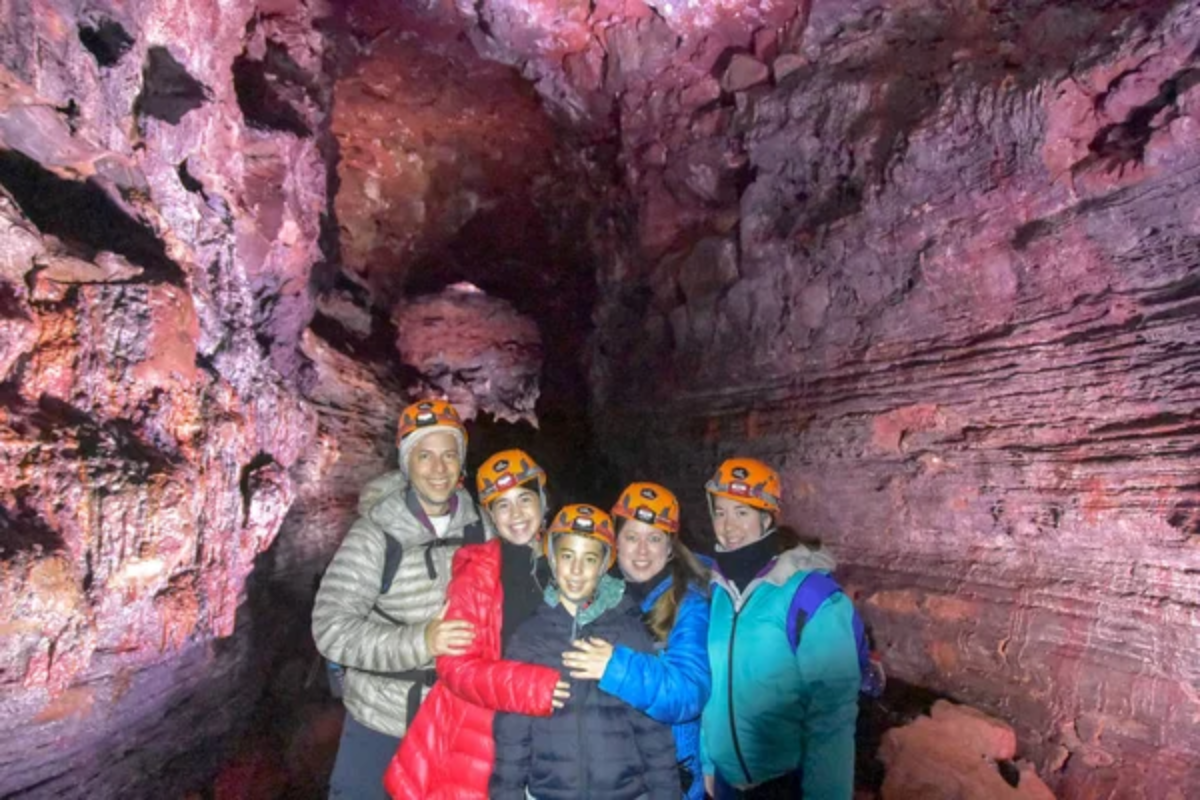
Iceland’s Reykjanes Peninsula features this lava tube where winter conditions create ice formations within the volcanic cave system. The cave maintains cool temperatures year-round, and during winter months, seeping water freezes into delicate ice sculptures along the cave walls and ceiling.
The cave offers year-round access via established walkways and lighting systems, making it one of the safest ice cave experiences available. The combination of volcanic rock formations and seasonal ice decorations creates a unique underground environment.
Grotte de Glace
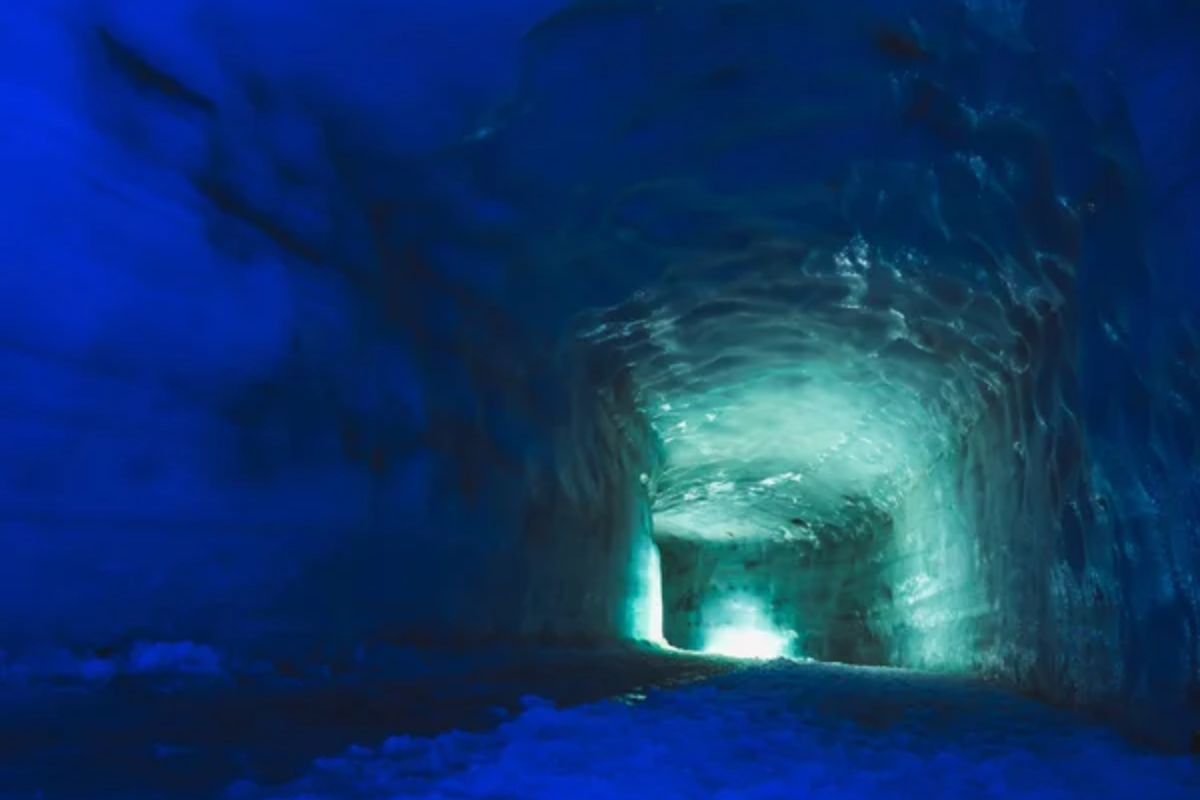
France’s Chamonix region includes glacier caves accessible through guided mountaineering tours that provide safe passage into the heart of Alpine glaciers. These caves form as meltwater creates tunnels through glacier ice, resulting in chambers with smooth, sculpted walls in brilliant shades of blue.
The caves’ locations change annually as glaciers shift and melt, requiring local expertise to access them safely. Professional guides provide the necessary technical equipment and route-finding skills to explore these temporary frozen chambers.
Paradise Ice Caves
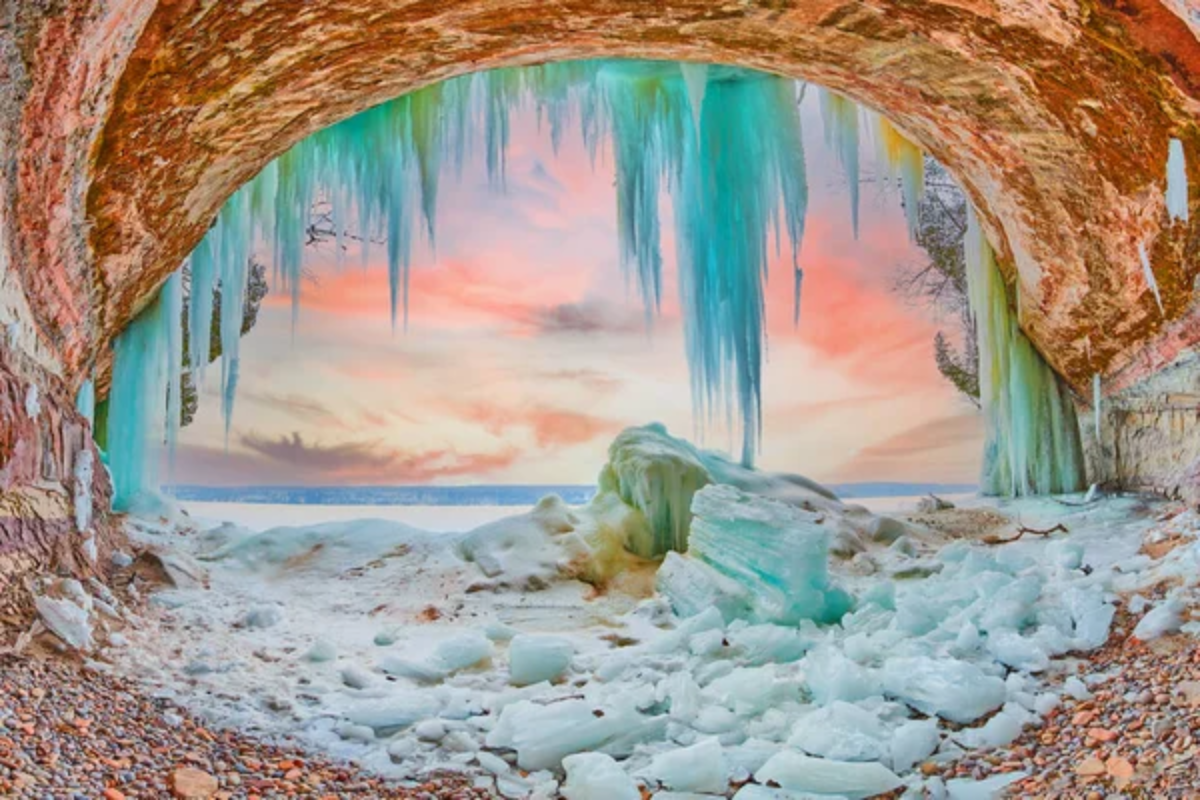
Washington’s Mount Rainier features ice caves within the Paradise Glacier system that adventurous visitors can explore during specific weather conditions. These chambers form as volcanic heat from below and meltwater from above carve tunnels through the glacier ice.
Access requires mountaineering experience and proper equipment, though guided tours provide safer alternatives for those lacking technical skills. The caves showcase the interaction between volcanic geology and glacier ice, creating unique formations not found in other ice cave environments.
Like Travel Pug’s content? Follow us on MSN.
Frozen Underground Wonders
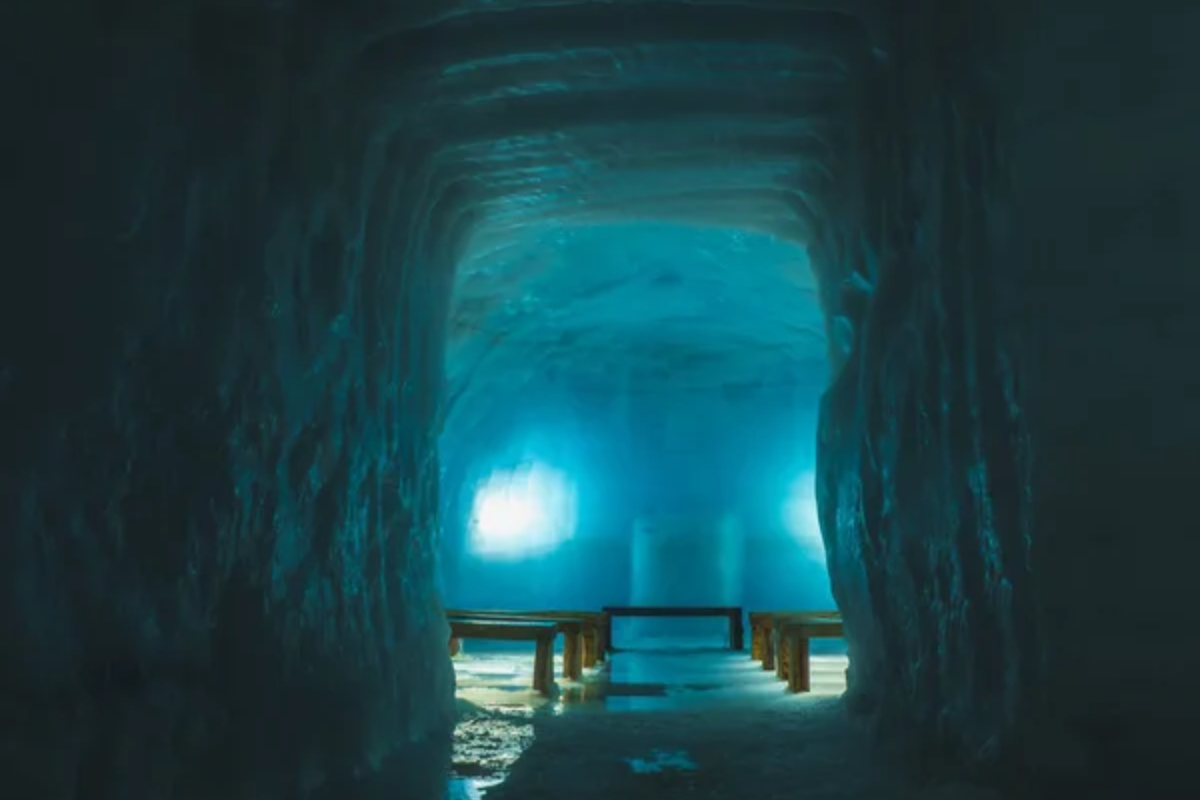
These remarkable caves demonstrate nature’s ability to create stunning architecture using nothing more than water, time, and temperature. Each location offers its unique combination of geological features and climatic conditions that result in safely accessible ice formations.
Whether formed in limestone caverns, volcanic tubes, or glacier ice, these underground frozen worlds provide unforgettable experiences for those willing to venture beneath the surface into winter’s most spectacular hidden chambers.
More from Travel Pug

- 20 Best Beach Towns in the Carolinas
- 13 Destinations Where Tourists Regularly Regret Their Trip
- 20 Destinations That Are More Magical Without an Itinerary
- 20 Underrated Adventures That Belong on Your Travel List
- 20 Cities Where You Should Just Wing It, No Planning Required
Like Travel Pug’s content? Follow us on MSN.N.
